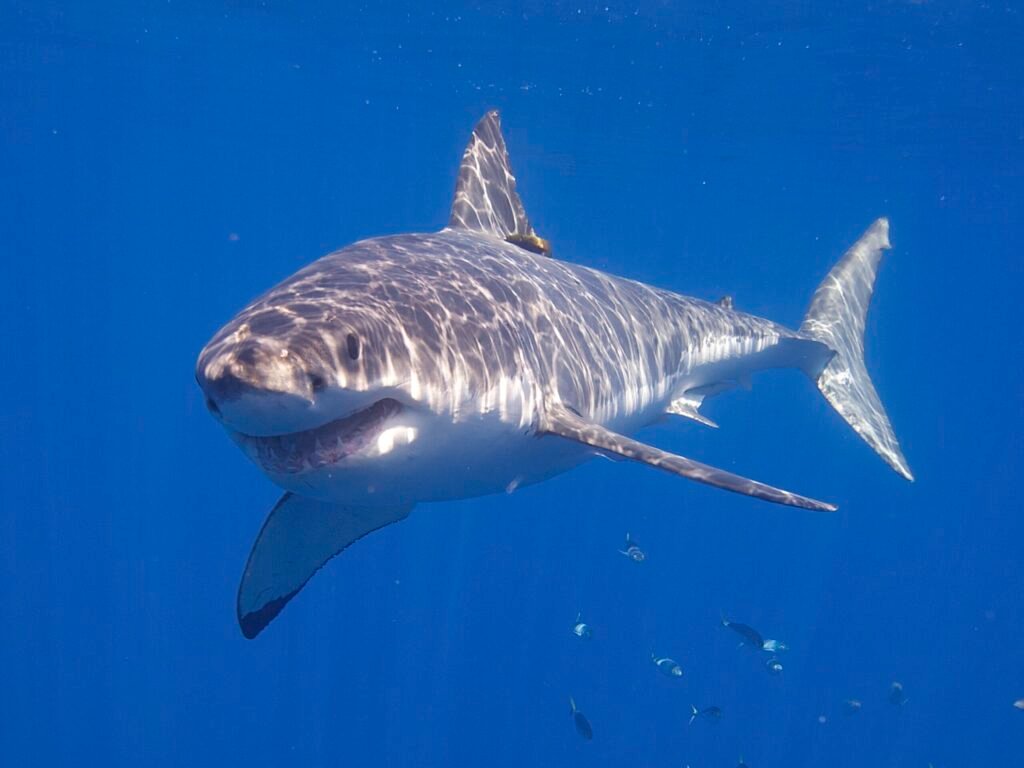Imagine stepping aboard a colossal spacecraft stretching nearly forty miles through the darkness of space, knowing that your great-great-grandchildren might be the first to see its destination. This isn’t the plot of the latest sci-fi blockbuster – it’s the winning design from an international competition that’s making scientists and dreamers alike wonder if humanity’s next chapter might be written among the stars. The winning craft could take us all the way to exoplanet Proxima b, despite its sci-fi features, this is an actual spacecraft concept that recently won the Project Hyperion design competition.
The clock is ticking for humanity’s expansion beyond Earth, and some researchers believe our salvation might lie not in faster rockets, but in thinking bigger – much bigger. While we’re still perfecting trips to Mars, a team of visionary engineers has already sketched the blueprints for humanity’s greatest voyage yet.
The Competition That Could Change Everything
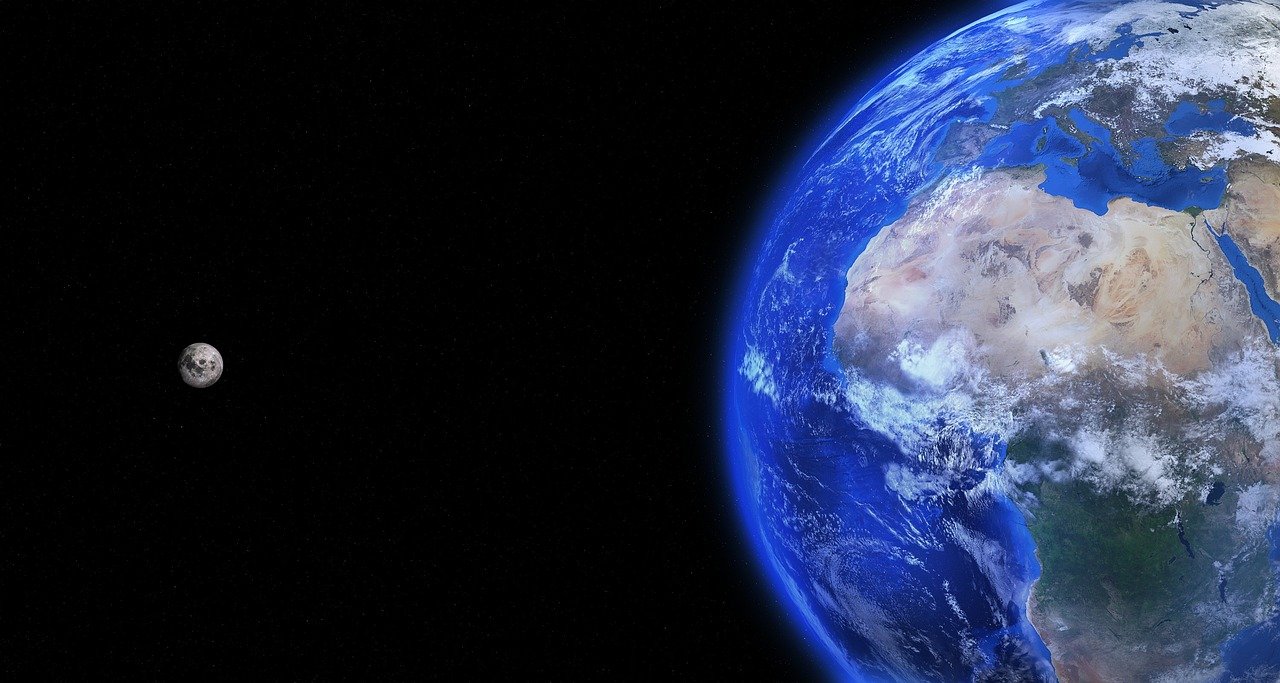
The UK-based not-for-profit company Initiative for Interstellar Studies (i4is) announced the winners of the Project Hyperion Design Competition, a global challenge that called upon interdisciplinary teams to envision generation ships designed for a 250-year journey to Proxima b. This wasn’t your typical design contest – teams weren’t competing for bragging rights but for the chance to redefine humanity’s future beyond our solar system.
With a prize purse of $10,000, competitors were tasked with producing concepts for a Generation Ship using current technologies and those that could be realized in the near future. The challenge attracted hundreds of submissions from teams worldwide, each grappling with a question that has haunted science fiction for decades: how do you keep a civilization alive for centuries in the void of space?
Meet Chrysalis: Humanity’s Potential Ark

The craft is the brainchild of an interdisciplinary team of Italian researchers – Giacomo Infelise, Veronica Magli, Guido Sbrogio, Nevenka Martinello, and Federica Chiara Serpe. Their creation, aptly named Chrysalis, captures the essence of transformation – much like a butterfly emerging from its cocoon, humanity would emerge from this vessel as an interstellar species.
The proposed “cigar-shaped,” multi-generational ship would roughly measure around 36 miles (58 km). To put that in perspective, you could fit about forty Empire State Buildings end-to-end within its hull. The vessel would be constructed like a Russian nesting doll, with several layers encompassing each other around a central core.
The Science Behind the Dream
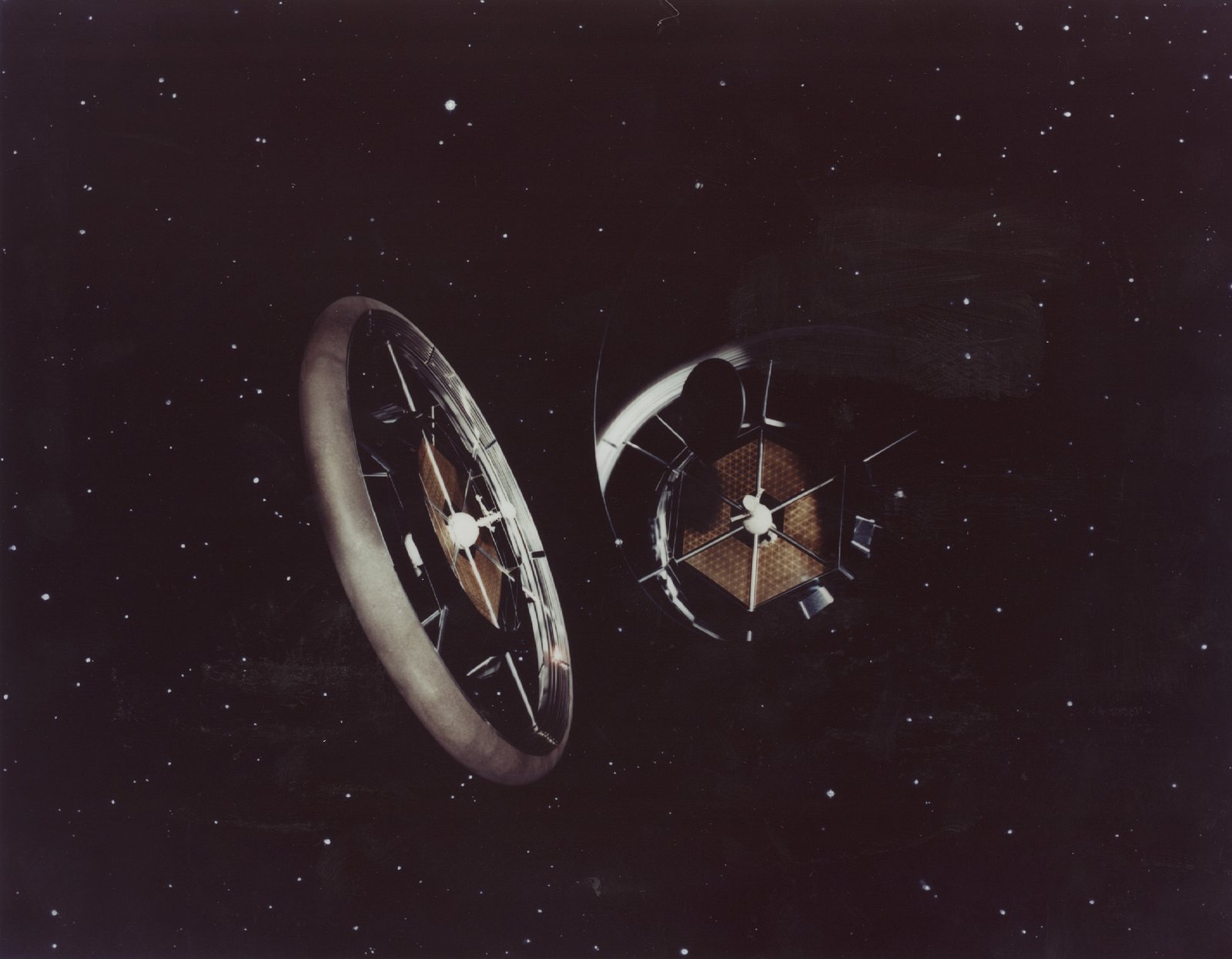
Like the fictional starships it was inspired by, Chrysalis would to produce artificial gravity through a rotation system, in order to try and counteract the detrimental effects of microgravity on the human body. Think of it as a massive spinning wheel in space – the centrifugal force would push passengers against the outer walls, creating the sensation of standing on solid ground.
The spacecraft is designed to run on a fusion engine, create artificial gravity, and carry about a thousand people while flying at around a tenth of the speed of light. That might sound slow compared to science fiction, but it’s breathtakingly fast by today’s standards. The fastest spacecraft to date is NASA’s Parker Solar Probe, which recently zoomed past the Sun at a blazing 692,000 kmph (430,000 mph).
Life Inside a Flying World
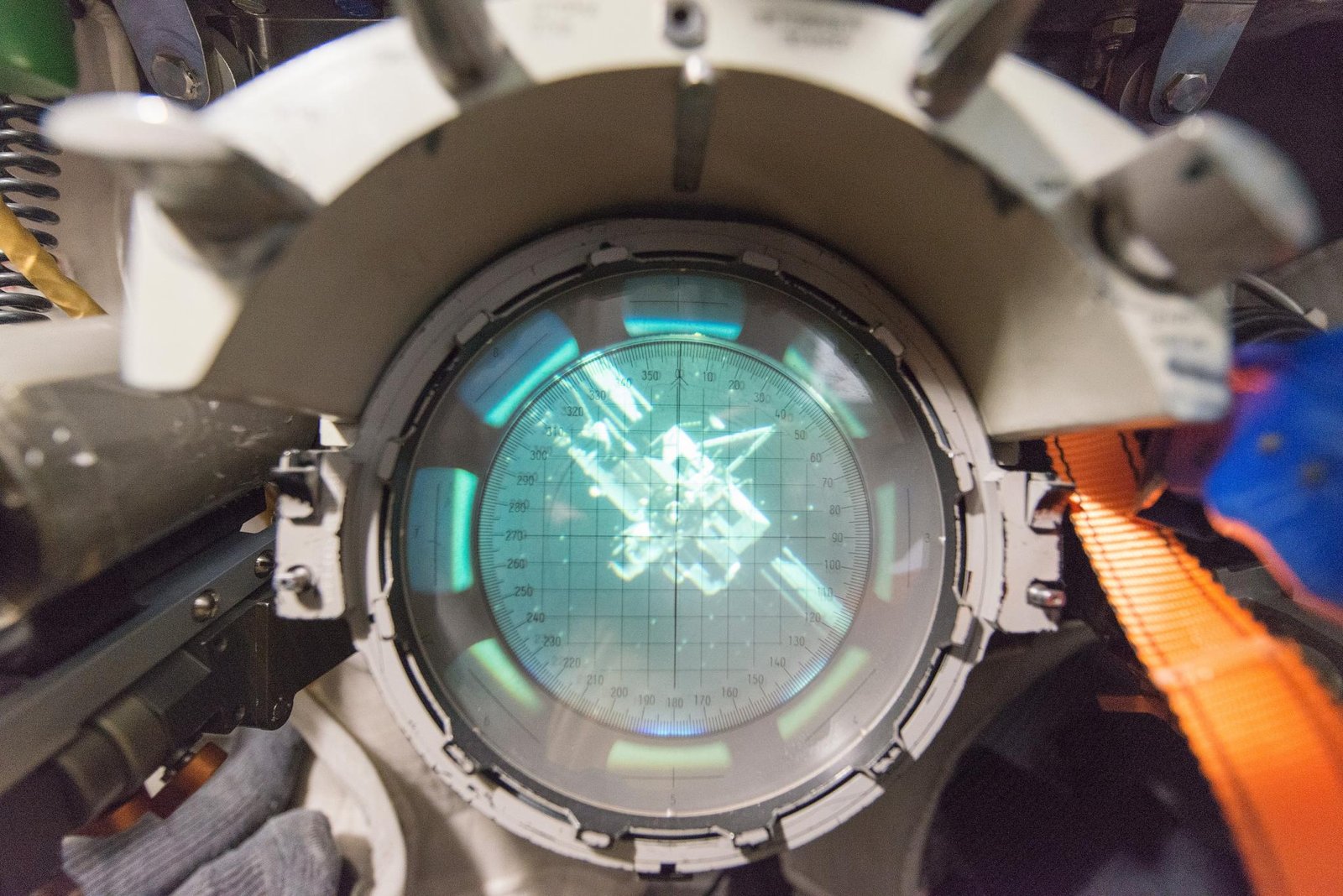
The design for a 36 mile long spacecraft includes libraries, tropical forests and structural manufacturing facilities, all supported by artificial gravity. Picture walking through corridors that stretch for miles, with entire ecosystems thriving under artificial suns. The designers didn’t just think about survival – they envisioned a place where human culture could flourish.
Designing support systems for food, water, waste, and an atmosphere – as well as coming up with ways to provide livable conditions and meet basic needs – were mandatory parts of the contest. Additionally, there would need to be methods of transferring knowledge from generation to generations. It’s one thing to keep people alive for decades; it’s another entirely to preserve the essence of human civilization across centuries.
The Journey to Our Cosmic Neighbor
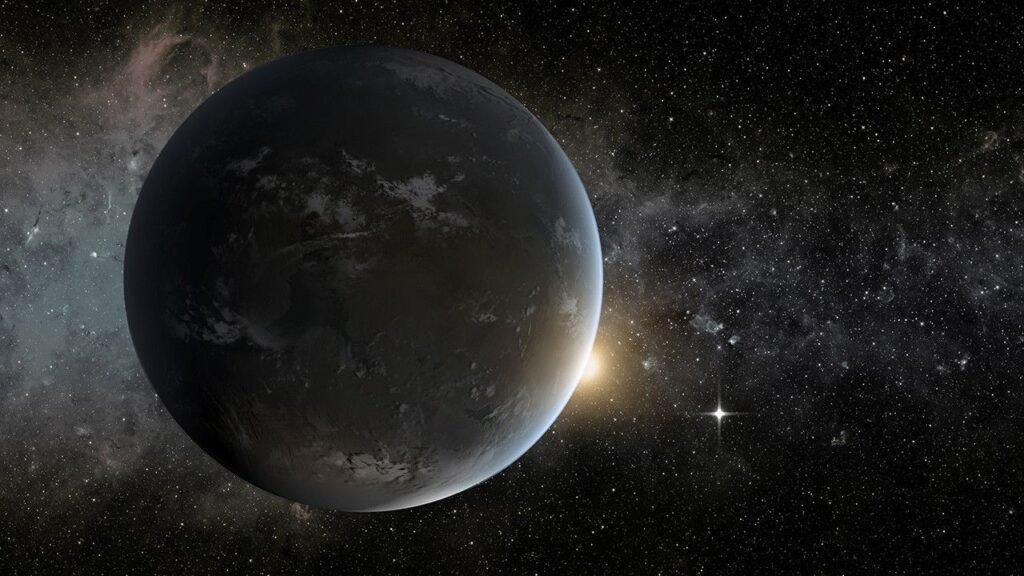
The spacecraft would have to trek through space at a maximum velocity of a tenth of the speed of light, and make it to Proxima b in as close to 250 years as possible. However, reality proved even more challenging. Project Hyperion competition winners dreamed up Chrysalis, a starship and space habitat that could make it to the planet Proxima b in just 400 years (which is ridiculously fast).
Headed towards the Proxima Centauri system, the starship Chrysalis traverses a seemingly endless expanse of space as it soars toward its final destination – the potentially habitable planet Proxima b. There, over a thousand passengers who have been living in the airborne habitat (the descendants of a crew that launched from Earth four centuries ago) will build a new frontier for humanity.
The Human Element: More Than Just Engineering

The most difficult, but also interesting and stimulating part, was thinking about how the humans aboard the starship would live and conceive their existence over multiple generations. Chrysalis is not only a physical environment but also a cognitive space for the inhabitants. The designers recognized that keeping the body alive is only half the battle – the human spirit needs nourishment too.
Chrysalis is a living spaceship where humans, robots and artificial intelligent agents (AI-agents) share information, experiences and decision-making processes. Before boarding the ship, the Chrysalis project would require initial generations of ship inhabitants to live in and adapt to an isolated environment in Antarctica for 70 to 80 years to ensure psychological wellbeing.
Why Now? The Urgency Behind Interstellar Dreams

The challenges and hazards of space exploration are well-known and well-documented, ranging from long-duration transits, exposure to radiation, the amount of supplies needed, and the dangers of being cooped up inside a pressurized ship in close quarters with other crew members. As the saying goes, “space is hard,” but interstellar travel is especially difficult and dangerous. Not only are resupply missions not an option for missions venturing so far beyond Earth, but the time and energy it would take for spacecraft to travel to even the nearest star is prohibitive.
Yet the urgency is real. It would take 1,000 to 81,000 years to reach the nearest star (Alpha Centauri) using current or technologically-feasible propulsion methods. Generation ships represent our best current hope for making this journey within a timeframe that makes sense for human civilization.
The Reality Check

This plan is purely hypothetical, as some of the required technology, like commercial nuclear fusion reactors, don’t yet exist. However, hypothetical projects like this one can still add to our existing knowledge base and help engineers improve upcoming designs. The competition wasn’t about building something tomorrow – it was about pushing the boundaries of what we think is possible.
The Project Hyperion jury wrote on its website that Chrysalis was impressive for its “system-level coherence and innovative design of the modular habitat structure” and “overall depth of detail.” The winning team of five researchers was awarded $5,000 USD. While the prize money might seem modest, the real reward lies in advancing humanity’s understanding of interstellar travel.
Conclusion: A Dream Worth Pursuing

Though Chrysalis remains a concept (for now), it could end up launching something unprecedented in the future. The Hyperion competition has done more than generate headlines – it’s forced us to confront the practical realities of becoming a multi-star species. From the psychological challenges of multi-generational voyages to the engineering marvels needed to sustain life across cosmic distances, projects like Chrysalis are mapping the roadmap to our interstellar future.
The question isn’t whether we’ll need to leave Earth someday – it’s whether we’ll be ready when that day comes. Chrysalis may never leave the drawing board, but the ideas it represents could be the foundation for humanity’s greatest adventure. What would you be willing to sacrifice for a journey your descendants might complete?

Hi, I’m Andrew, and I come from India. Experienced content specialist with a passion for writing. My forte includes health and wellness, Travel, Animals, and Nature. A nature nomad, I am obsessed with mountains and love high-altitude trekking. I have been on several Himalayan treks in India including the Everest Base Camp in Nepal, a profound experience.



